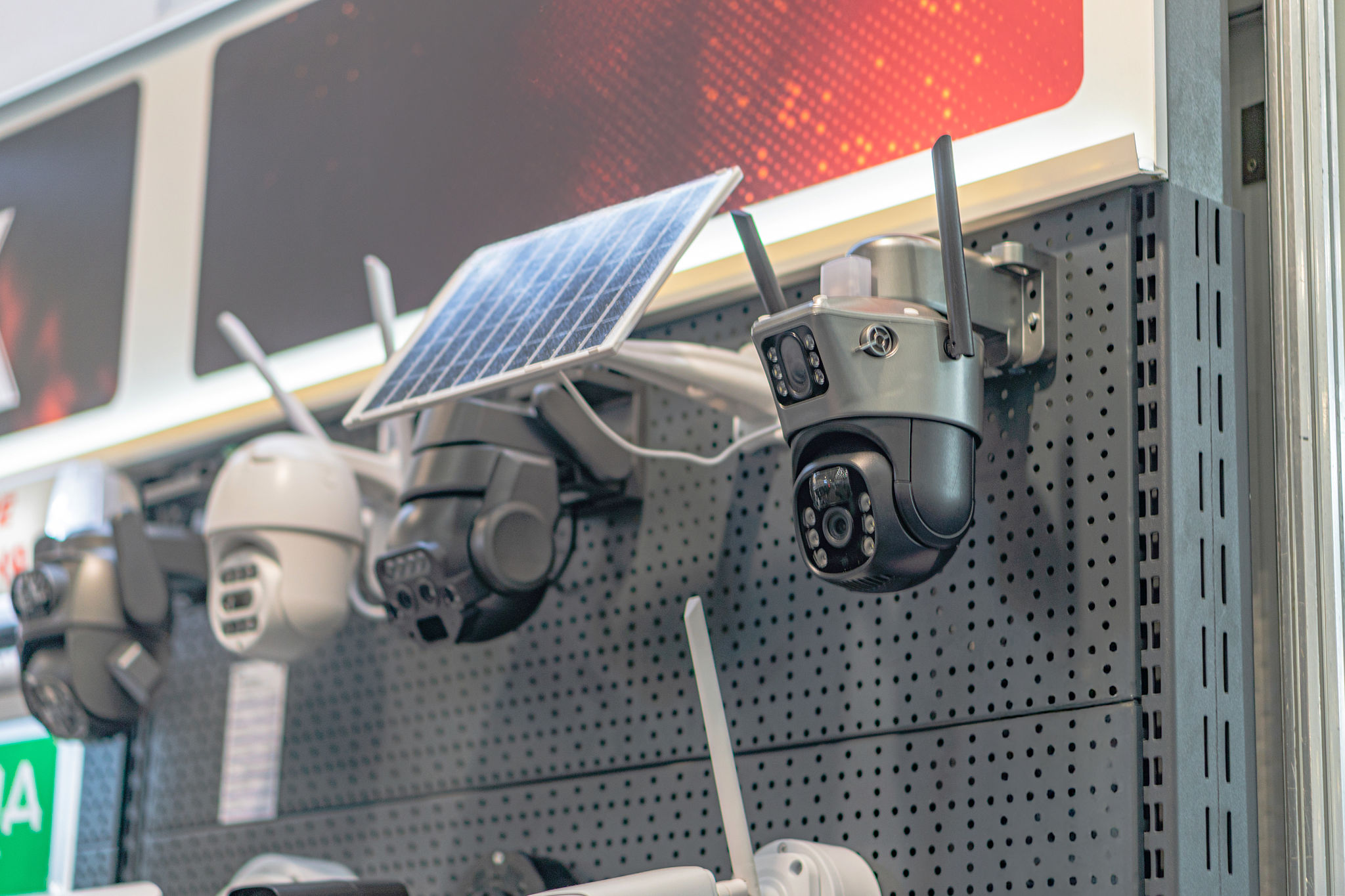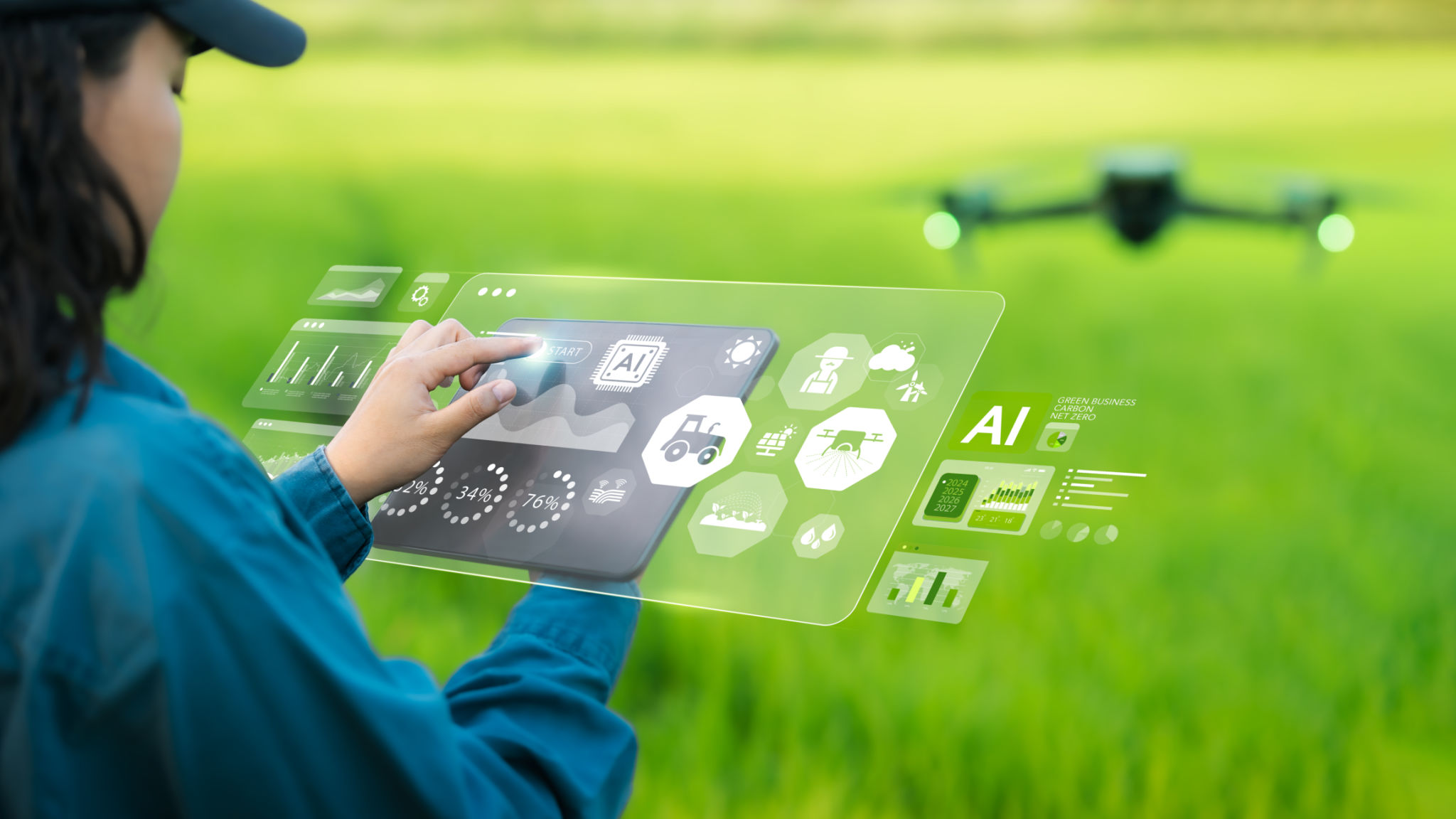Drones in Industrial Inspections: Enhancing Efficiency and Safety
Revolutionizing Industrial Inspections with Drones
In recent years, drones have emerged as a transformative tool in various industries, with a notable impact on industrial inspections. These unmanned aerial vehicles (UAVs) offer a combination of efficiency, safety, and cost-effectiveness that traditional inspection methods often cannot match. As industries continue to evolve, the integration of drone technology is proving to be a game-changer.

The Advantages of Drone Technology
One of the most significant benefits of using drones in industrial inspections is their ability to access hard-to-reach areas. Whether it's the top of a wind turbine or the underside of a bridge, drones can quickly and safely gather data without putting human inspectors at risk. This capability not only enhances safety but also increases the speed of inspections.
Moreover, drones equipped with high-resolution cameras and sensors can capture detailed images and data that are essential for thorough inspections. This high-quality data allows for better analysis and decision-making, ultimately leading to improved maintenance and operational efficiency.

Cost-Effectiveness and Efficiency
Traditional inspection methods often require significant time and resources. For instance, scaffolding might need to be erected, or specialized equipment might be necessary to reach certain areas. Drones eliminate many of these logistical challenges, resulting in substantial cost savings.
Additionally, the time required for inspections is drastically reduced. What might take days with traditional methods can often be completed in a matter of hours with drones. This efficiency not only minimizes downtime but also ensures that any potential issues are identified and addressed promptly.

Enhancing Safety Standards
Safety is a paramount concern in industrial settings, and drones are playing a crucial role in enhancing safety standards. By reducing the need for human workers to enter potentially hazardous environments, drones significantly lower the risk of accidents and injuries during inspections.
Drones can also be used for real-time monitoring of dangerous situations, such as chemical spills or fires, providing crucial information to emergency response teams without exposing them to danger. This capability is invaluable in ensuring quick and effective responses to emergencies.
Applications Across Various Industries
The versatility of drones allows them to be used across a wide range of industries for inspection purposes. In the energy sector, drones are used to inspect power lines, wind turbines, and solar panels. In construction, they monitor progress and inspect structural integrity. Furthermore, in the oil and gas industry, drones assess pipelines and offshore platforms.
The adaptability of drone technology means that its applications continue to expand as new industries recognize its potential benefits. As technology advances, we can expect even more innovative uses for drones in industrial inspections.

The Future of Drone Inspections
As drone technology continues to advance, we can anticipate even greater developments in industrial inspections. Innovations such as artificial intelligence (AI) and machine learning are being integrated into drone systems, allowing for more autonomous operations and improved data analysis capabilities.
Furthermore, regulatory frameworks are evolving to accommodate the growing use of drones, paving the way for broader adoption across industries. As these frameworks become more standardized, the barriers to implementing drone technology will decrease, enabling more companies to reap the benefits.
In conclusion, the use of drones in industrial inspections is reshaping how industries approach maintenance and safety. With their ability to enhance efficiency, reduce costs, and improve safety standards, drones are poised to become an indispensable tool in the industrial sector.